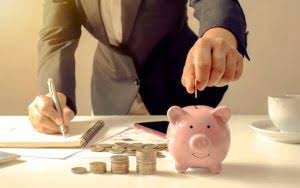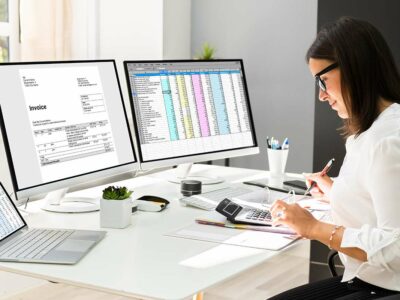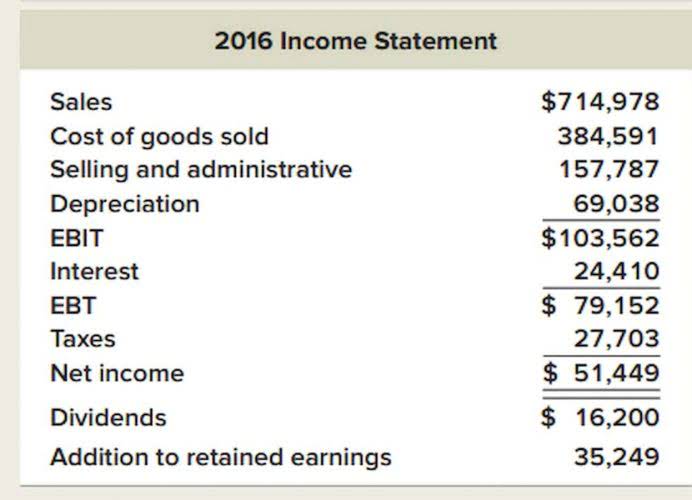
Stock Dividends – dividends paid out of stock—instead of cash—are known as stock dividends. If a firm decides to switch from paying in cash to paying https://www.instagram.com/bookstime_inc in stock, it might be a sign of trouble. This could possibly mean that the firm is healthy and ready to face any emergency. Most investors would obviously want to be paid in cash instead of stock. Additionally, dividend-paying companies can be seen as stable companies, while growth companies, where value comes from stock price appreciation, may be riskier.
When are Dividends paid to shareholders?
Any net income not paid to equity holders is retained for investment in the business. Form 1099-DIV is used by banks and other financial institutions to report dividends and other distributions to taxpayers and to the IRS. Ivana Pino is a personal finance expert who is passionate about creating inclusive financial content that reaches a wide range of readers from all types of backgrounds. Newhouse School of Public Communications at Syracuse University with a degree in Digital Journalism.
What Is Dividend Yield?

A steady track record of paying dividends makes stocks more attractive to investors. For example, say a company has 100,000 shares outstanding and wants to issue a 10% dividend in the form of stock. If each share is currently worth $20 on the market, the total value of the dividend would equal $200,000. The two entries would include a $200,000 debit to retained earnings and a $200,000 credit to the common stock account. As mentioned, dividend payments and stock price appreciation make up a stock’s total return. But beyond being an integral part of total stock market returns, dividend-paying stocks present unique opportunities for investors in the following ways.
- The corporation’s dividend value is based on the fair market value of the underlying asset.
- Economists Merton Miller and Franco Modigliani argued that a company’s dividend policy is irrelevant and has no effect on its stock price or its cost of capital.
- So not only would you be paying a more significant fee, but your portfolio would also underperform by 1.3%.
- Assuming there is no preferred stock issued, a business does not have to pay a dividend, the decision is up to the board of directors, who will decide based on the requirements of the business.
- A shareholder may be indifferent to a company’s dividend policy, especially if the dividend is used to buy more shares.
Current price of gold as of October 17, 2024

There are many reasons why a company might choose to pay out this money to investors instead of spending it elsewhere. If Natural Gas Inc. increases dividend payments to $1.50 in the next five years, your ROI will be 15%. In other words, if you invest $10/share today, that https://www.bookstime.com/accounting-services-for-startups is a fixed cost while the return from the investment (dividends) continues to grow. However, it is important to remember that not all companies pay dividends. Some companies may reinvest their profits back into the business instead of paying them out to shareholders.

A dividend yield also allows you to compare a stock to other income investments such as bank CDs or bonds. Tax is another important consideration when investing in dividend gains. Investors in high tax brackets often prefer dividend-paying stocks if their jurisdiction allows zero or comparatively lower tax on dividends. For example, Greece and Slovakia have a lower tax on dividend income for shareholders, while dividend gains are tax exempt in Hong Kong. A shareholder may be indifferent to a company’s dividend policy, especially if the dividend is used to buy more shares.
How We Make Money
- If a dividend payout is seen as inadequate, an investor can sell shares to generate cash.
- Growth stocks, however, often collapse during recessions because they tend to be leveraged when these months occur.
- At the date of declaration, the business now has a liability to the shareholders to be settled at a later date.
- This kind of compounding is why dividends accounted for 42% of the total return of the S&P 500 from 1930 to 2019, according to an analysis by Hartford Funds.
- Shareholders would either receive a cash payout in their brokerage account, or see their total share holdings increase after the payout.
Any investment process that does not take into account currency strategy is likely to fail. Ask your investment advisor or financial planner what their current strategy is this week–you might be surprised by the response. Intelligent investing can be described as understanding and keeping track of how conditions change over time. A good investment is not only based on the current market but also on how other investments are doing (including currencies).

How comfortable are you with investing?
When paid, the stock dividend amount reduces retained earnings and increases the common stock account. Stock what type of account is dividends dividends do not change the asset side of the balance sheet—they merely reallocate retained earnings to common stock. In most cases, a company will pay dividends to its shareholders on a quarterly basis. A company’s board of directors decides how much and how often dividends are paid based on how much money the company makes and what its goals are. After the dividends are paid, the dividend payable is reversed and is no longer present on the liability side of the balance sheet. When the dividends are paid, the effect on the balance sheet is a decrease in the company’s retained earnings and its cash balance.

The periodic payments from dividend stocks can be useful when utilizing a dividend reinvestment plan. Cash dividends offer a way for companies to return capital to shareholders. A cash dividend primarily impacts the cash and shareholder equity accounts. There is no separate balance sheet account for dividends after they are paid. However, after the dividend declaration but before actual payment, the company records a liability to shareholders in the dividends payable account. When a company issues a stock dividend, it distributes additional quantities of stock to existing shareholders according to the number of shares they already own.
